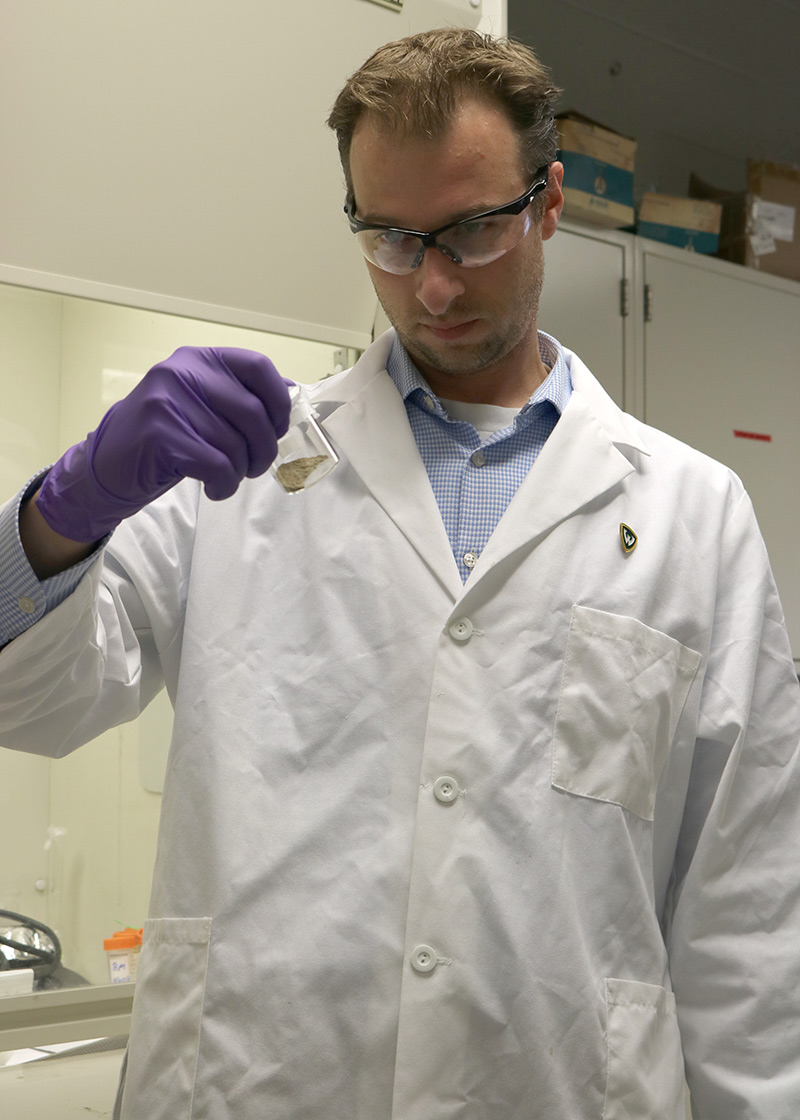Wayne State leads DOE-funded research on rare earths extraction from coal ash
Rare earth elements are vital to many modern technologies, from consumer electronics and communications systems to renewable energy and military hardware. With China controlling more than 90 percent of the REE market since the 1990s, the U.S. has actively searched for domestic supplies of these metals to reduce this economic and technological gap.
While not particularly "rare" in terms of prevalence, REEs - specifically the 15 lanthanides (57 through 71 on the periodic table) plus scandium and yttrium -are not found in large concentrations and are difficult to separate and purify. However, one source of REEs that has gained interest in the last decade is coal and its byproducts, such as fly ash.
Various extraction methods have been developed in this space, making good use of the 1.5 billion tons of fly ash in landfills across the U.S. A team of researchers from Wayne State University, the University of California, Los Angeles, and the Los Alamos National Laboratory has proposed a new process using alkaline hydrothermal leaching and a novel sorbent material. Funded with a $540,000 grant from the U.S. Department of Energy, the project involves dissolving REEs from fly ash to an aqueous solution and transferring the metals using a silica-based nanomaterial with REE-specific binding sites.

"The main innovation in the project is to modify molecules currently used with MRI contrasting agents- chemicals a doctor injects into a patient so they can see certain organs on an MRI - so that we can get them to stick to a solid surface to separate rare earth elements," said Timothy Dittrich, assistant professor of civil and environmental engineering at Wayne State and the project's principal investigator. Matthew Allen, chair of the Wayne State Department of Chemistry, is a partner on the project and works extensively on developing the contrasting agents.
The team is collecting fly ash from a Detroit power plant and has been running a series of tests to establish ideal conditions and bonding systems for effective REE removal. Once optimized, the technique will be used to extract concentrated amounts of REEs for conversion to oxides, and eventually refined metals.
"Using this separation technique will result in a solvent-free extraction process that is more environmentally benign than many liquid-liquid extractions that typically incorporate organic solvents," said Dittrich.
In addition to the reduced environmental impact, this method is less costly and labor intensive than its predecessors. Successful completion of this project can lead to expansion of REE fly ash extraction and establish a richer domestic supply of catalysts and magnets found in smartphones, electric vehicles, wind turbines, military guidance systems and more.
This article orignally appeared in the Fall 2019 issue of Exemplar.